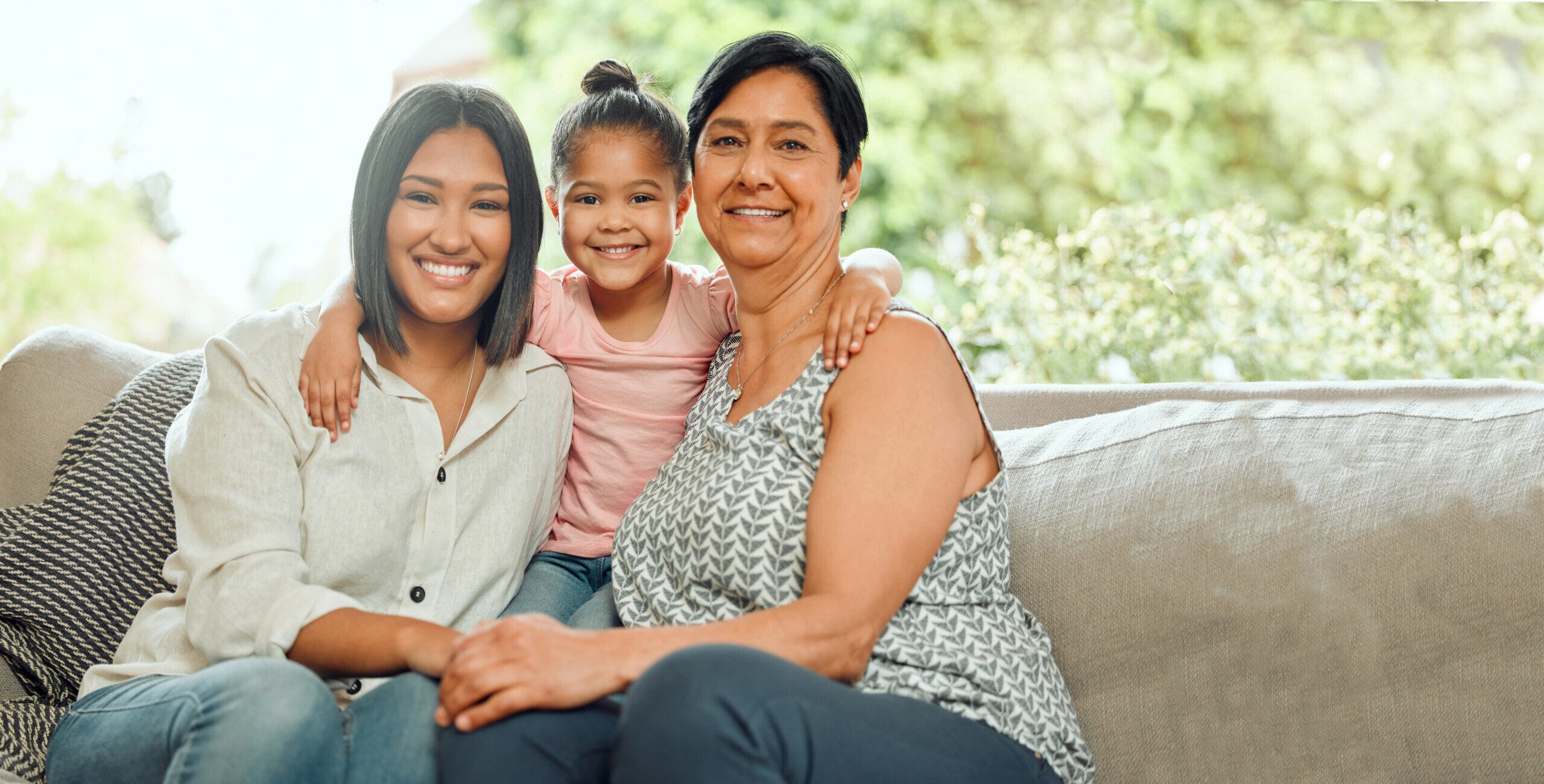Blogs
Can You Reduce Your Client’s Fall Risk?
September 16, 2022Falls can be so spontaneous and sudden that caregivers and their clients can feel that it could not be prevented, but this is not true.
Reducing your client’s fall risk is possible, if you are equipped with the facts and remain vigilant.
You need to understand the physical aspects of aging that make your client more susceptible to falling in the first place, and the environmental factors in your client’s home that make this risk even greater.
Beloved furniture and décor that may have been a joy earlier in life, now pose a high fall risk to your client.
The Center for Disease Control (CDC) says that people over 65 have a greater than 25% chance of falling. They also say that if someone falls once, their chance of falling again doubles, meaning there’s over a 50% chance of a second fall.
The Mayo Clinic says this is serious because falls can create a health crisis, hospitalization, and loss of independence and ability, and in some cases severe hip injuries, traumatic brain injury (TBI) or even death.
Some seniors often aren’t able to recover fully from the trauma, their overall health declines, and their care needs increase significantly.
But the risk of falling is a culmination of several different factors that are common to aging.
Here are six age-related changes that increase senior fall risk:
1. Decreased strength
Muscle loss starts very early, around age 30. In older adults, less muscle means less strength and weaker bones.
2. Weaker sense of balance
Many body systems work together to keep us standing upright. Age-related changes and medication side effects can make it more difficult for seniors to stay balanced.
3. Declining eyesight
Vision helps us keep our balance and avoid obstacles. As vision worsens, so does the ability to stay upright and clearly see what’s in our path.
4. Loss of flexibility
Age and health conditions make seniors less flexible, especially in the hips and ankles. This stiffness increases the likelihood of falling.
5. Decreased endurance
Not being able to endure physical activity like standing or walking for a reasonable amount of time increases fall risk.
6. Declining ability and desire to walk
Continuing to walk will improve strength, balance, flexibility, and endurance for older adults. However, many seniors become less active and fall into a negative cycle where less activity leads to less strength and balance. That leads to even less activity as their physical abilities keep declining.
Falls cause serious injuries in seniors
In older adults, falls typically cause hip fractures and head injuries. They’re also the leading cause of death from injury, often from traumatic brain injury (TBI).
Even if an injury isn’t life-threatening, falls have harsh long-term consequences for older adults because their bodies usually aren’t able to recover fully.
They can end up needing extended stays in nursing homes or assisted living facilities or a significant amount of in-home help.
As a care professional, you may wonder what you can do to prevent your client from experiencing the trauma of falling. Take a look around your client’s home to assess any environmental factors that may increase their risk of falling.
Environmental risk factors and prevention
Lighting
Check if the stairs and hallways are well-lit. Recommend the installation of nightlights from the bedroom to the bathroom. Keep flashlights at the bedside in case of power outages.
Floors
Make sure to keep floors dry and if the floor is being cleaned make sure to use bright caution signs to prevent slips and falls. You can also use non-skid floor wax.
Carpets
Secure area rugs and rug ends. If you believe that the risk is too great, recommend to your client and the supervising nurse that the carpet be removed and replaced with alternate floorings like tile or hardwood flooring.
Stairs
The staircase should have sturdy handrails on both sides. Non-slip treads can be added to hardwood stairs. Loose carpets and floorboards need to be repaired immediately.
Bathrooms
Grab bars should be installed near toilets and showers; glass shower enclosures should be replaced with shatterproof material and slip-resistant rugs should be placed near the shower for safety. Shower chairs and raised toilet seats can also help your client maintain their balance.
Living space
Remove clutter, low coffee tables, footrests, and electric cords that may cause your client to trip. Remove any shaky or damaged furniture.
Bedroom
Make a note if your client has any difficulty getting in and out of bed. Advise them to keep a phone near the bed and remove any clutter from around the bed as this can cause trips.
Cabinets
If your client has high cabinets, check to see if a sturdy step stool with handrails for balance is available; if not, recommend that they purchase one.
Chairs
Remove unstable chairs and avoid chairs that are too low. Your client may find it difficult to get up easily and fall in an effort to get up.
Shoes
Make sure your client wears supportive, non-skid shoes that are weather-appropriate and fit properly. Make sure their shoelaces are well-tied and if possible, opt for shoes that have no laces. House slippers also should fit well and have good traction. During the winter, watch for icy spots on the walkway and during your outings for fresh air.
Pets
Beware of tripping over pets or getting tangled in long leashes. You can add bells to the pet’s collar so your client will know their precious pet may be in the way.
Fall prevention is key for maintaining health and independent living. Do all you can to assist your client in avoiding this crisis through vigilance and prevention.
No comments found.Leave a Comment

Smart Snacking for Seniors: How to Stay Healthy Between Meals
Good nutrition is important at every stage of life, but our bodies need extra care as we age. The right foods provide energy, support the immune system, and help manage conditions like high blood pressure, diabetes, and heart disease. While meals are the foundation of a healthy diet, snacks play a crucial role, too. Choosing […]

Fall Prevention: Keeping Older Adults Safe
All adults aged 65 and over are at risk for a fall. According to the Centers for Disease Control (CDC), more than 14 million older adults fall annually in the U.S. Falls are a major public health problem and the leading cause of injury for seniors. For older adults, falls can be serious—even deadly. Older […]

CDPAP Changes: Terms You Need to Know
New York’s Consumer Directed Personal Assistance Program (CDPAP) is undergoing major changes and many people are wondering how these changes will affect them. We know this can be confusing, but don’t worry–True Care is here to help you navigate these updates. What Are the CDPAP Changes? New York State is combining all the agencies that […]

Breaking Barriers in Healthcare: The Inspiring Stories of Black American Trailblazers during Black History Month
During Black History Month, it is important to recognize and celebrate the incredible achievements and contributions of Black Americans in various fields. In the healthcare industry, Black Americans have played a crucial role in breaking barriers and paving the way for future generations. True Care Home Care is honored to highlight the inspiring stories of […]

10 Heart Healthy Tips
February is Heart Health Month, a time dedicated to raising awareness about cardiovascular health and promoting healthy habits. Taking care of your heart is essential for overall well-being and longevity. Whether you’re young or old, it’s never too early or too late to start prioritizing heart health. In this article, we will provide you with […]



